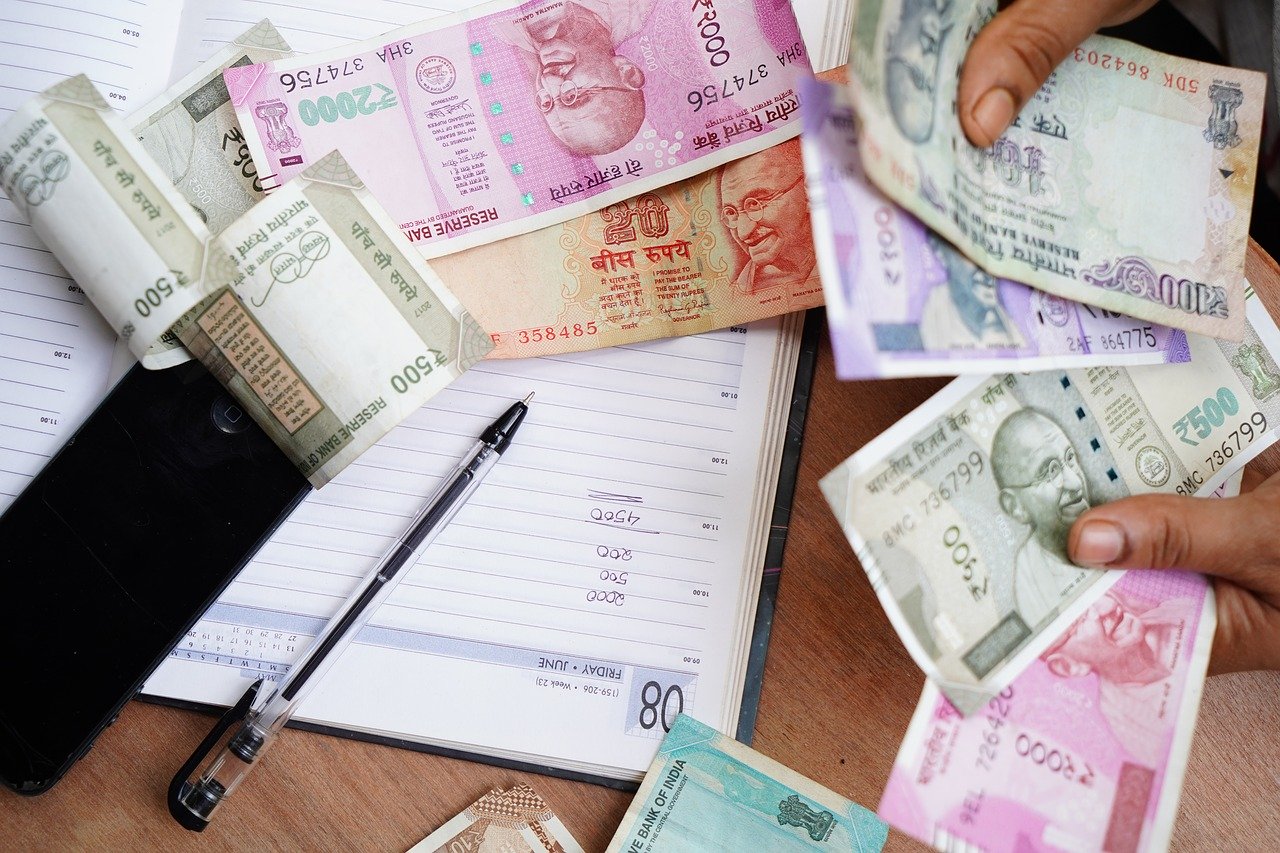In The British in India: Three Centuries of Ambition and Experience, David Gilmour provides a detailed, bottom-up account of the social history of the British in India. From soldiers to office workers, mothers to civil servants, Lionel Knight finds a book that pieces together historic sources to show what life has meant for the vast array of British citizens in India.
David Gilmour, The British in India: Three Centuries of Ambition and Experience. Allen Lane 2018.
The men and women drawn to South Asia by curiosity, greed and ambition or by the fate of family expectation or military assignment are the subject of this fascinating study. Gilmour is well aware of the Orientalist debate, but in this book he claims to eschew anachronistic generalisation in favour of a bottom-up study of individuals in all their variety and specificities. With a nod to the example of the historian Richard Cobb, Gilmour seeks to present his immense cast of characters on their own terms with a sympathetic and, at times, unsparing hand. The massive knowledge of the sources on which this study is based will ensure its appeal and utility for anyone interested in the subject.

The British in India: Three Centuries of Ambition and Experience ranges from the time when English traders were suppliants before Indian rulers to the last decades of Congress-dominated provincial governments. It is richest, however, on the late Company period and the years of high empire which Kipling called the time ‘without politics’. Gilmour’s starting point is the relatively small number of Britons at any given time who spent their short working lives in a land the size of Europe (without Russia) before returning home – though two million moulder there in their graves. At the time of the 1901 census, when the population of the Indian empire was approaching 300 million, there were only 155,000 British citizens domiciled in India, nearly forty per cent of whom were soldiers. As befits Kipling’s biographer, Gilmour recalls the ordinary British soldiers in India, with vivid detail such as the nineteen men who died of heat stroke in 1916 in a packed troop train crossing the Sindh desert. However, the army allowed Norman Wisdom to escape an abusive home, learn musical instruments and lay the foundation of a career as a comic actor.
For the civilian population who were employed in government or in business, the original motivation was unpredictably varied. Over several generations, the opportunities for Europeans – the designation was used early – were of a range and scale unthinkable for most at home. The young Napoleon Bonaparte had been tempted by the prospect of an eastern military career. For the British however there were ‘dolphin families’ where the next generation followed the family path of Indian government service. A few resisted, like Hugh Gaitskell who stayed at home and later became leader of the Labour Party. Nearly all paid the high price of years of family separation, like Eric Blair (later known to the world as George Orwell) whose distant father was in the Opium Department. Gilmour is particularly interesting on the range of intrepid women who made or who, through the death of husbands, were obliged to make their lives in India. Even when dealing with the plight of unprepared and unemployed wives of civilians, his treatment is sympathetic and often original. Gilmour has much fascinating material on the mixed marriages and intimacies that followed from the extreme gender imbalance, showing that social reactions were generally rather less hypocritical than often supposed.
Though there was a small American and continental European population, Britons dominated every sphere except prostitution and missionary work. And British they were. The Welsh are here given their due, and the Irish, too. The UP governor, Harcourt Butler, father of the politician Rab Butler, thought the Amritsar Massacre would have been avoided or minimized ‘had we had Englishmen in their places’, referring to the Irish duo of General Dyer and Sir Michael O’Dwyer. Most readers will be aware of the pre-eminence of the Scots in British Indian government, which is usually attributed largely to the patronage of Henry Dundas in the late eighteenth century. Gilmour, however reveals that Scots did even better under Walpole and also under Warren Hastings; and that their success fell abruptly after the introduction in 1855 of competitive examinations for the elite Indian Civil Service (ICS), though their commercial presence grew even greater.
Other historians have explored the anxieties and fear driven by the relatively small size –a thousand or so- of the ICS. Gilmour is interested in its internal structure: where ‘no one was rich, no one was poor, no one was old and no one was young’, as a newcomer put it in 1897. In addition, the aristocracy and the working class were more or less absent. In reaction to this relative homogeneity, there was an obsession with protocol and hierarchy. The wife of one stationmaster claimed dinner precedence over another because the latter’s husband was on a branch line. The culture of the ICS was active, sporting and robustly anti-intellectual. Those with scholarly interests pursued them privately, it seems. This provokes thoughts of comparison with other European colonial ventures, some of which also produced fine scholarship, such as the work of the Portuguese Sebastia֮֮o Delgado, much admired by his British counterparts.
Relations with ‘home’ is another theme in the book. Civilians had left Britain at an early age and often seemed to find changes in the metropolis difficult to accommodate. In addition, many non-official British citizens, half of whom were Indian-born, had little knowledge of the home country on which their claims to special prestige rested. There was, too, the sense of not being understood and appreciated. Sir Charles Wood, Secretary of State, privately complained in the 1860s of ‘wild Irishmen…[and] middle class’ candidates passing the ICS examination. Gilmour has examples over the decades of men who had ruled provinces returning to obscurity; in 1947 Olaf Caroe, aged 54, who had been Indian Foreign Secretary and governor of the north-west, could find no employment in Britain.
Collectively, the British appear in various social guises, in the club or on the polo maidan. But the focus on the individual inevitably diminishes our view of them acting in groups, especially in politics. A curious omission is the Ilbert Bill controversy of 1883 (the Dreyfus case of British India) which spread racial antagonism through the whole society. Most Europeans – Jews and Armenians, too- resisted the small change that allowed qualified Indians to try Europeans for criminal offences in the mofussil, and some had plans to seize the viceroy and deport him. Lord Salisbury had already expressed his fear of an incipient creolism: ‘all that bragging fatuity which in so many places – Jamaica, Santo Domingo, Cuba and the Confederate States – had induced the resident white population to dream that they can defy their own government with one hand and keep supremacy over the coloured multitudes by their side with the other.’ The campaign extracted a fudged surrender from the government which was no doubt a lesson for the embryonic Congress.
On race relations, Gilmour takes, like William Dalrymple, a rosier view of the late eighteenth century before the power relationship became one sided. However, the contemporary Ghulam Hussein was more sceptical, writing in his Siyar al-Muta‘akhkhirin of the British as disdainful short sojourners in the land. The effect of the evangelical revival of the 1840s is given its due, with an interesting treatment of the missionaries. That decade is treated as a watershed in other respects, too, for example in the British Indian diet and even the language of the menus. Increasingly, India was being judged by British middle-class standards. All this may make the reader wonder what the Indians thought of the British. But that would be to ask for another book.
This article gives the views of the author, and not the position of the South Asia @ LSE blog, nor of the London School of Economics. Please read our comments policy before posting. Photo credit: Sayan Nath, Unsplash
David Gilmour gave a lecture on his new book at LSE on Monday, 5 November 2018. Listen to a recording of that lecture here.
Lionel Knight is the Treasurer of the Royal Asiatic Society. He is the author of Britain in India, 1858-1947 (2012) and has written the Readers’ Guide to the India books for the Hakluyt Society website.








British in Indian sub continent? There was no India before the British made it.
The myth of the British Empire in fact the British -Indian Empire!